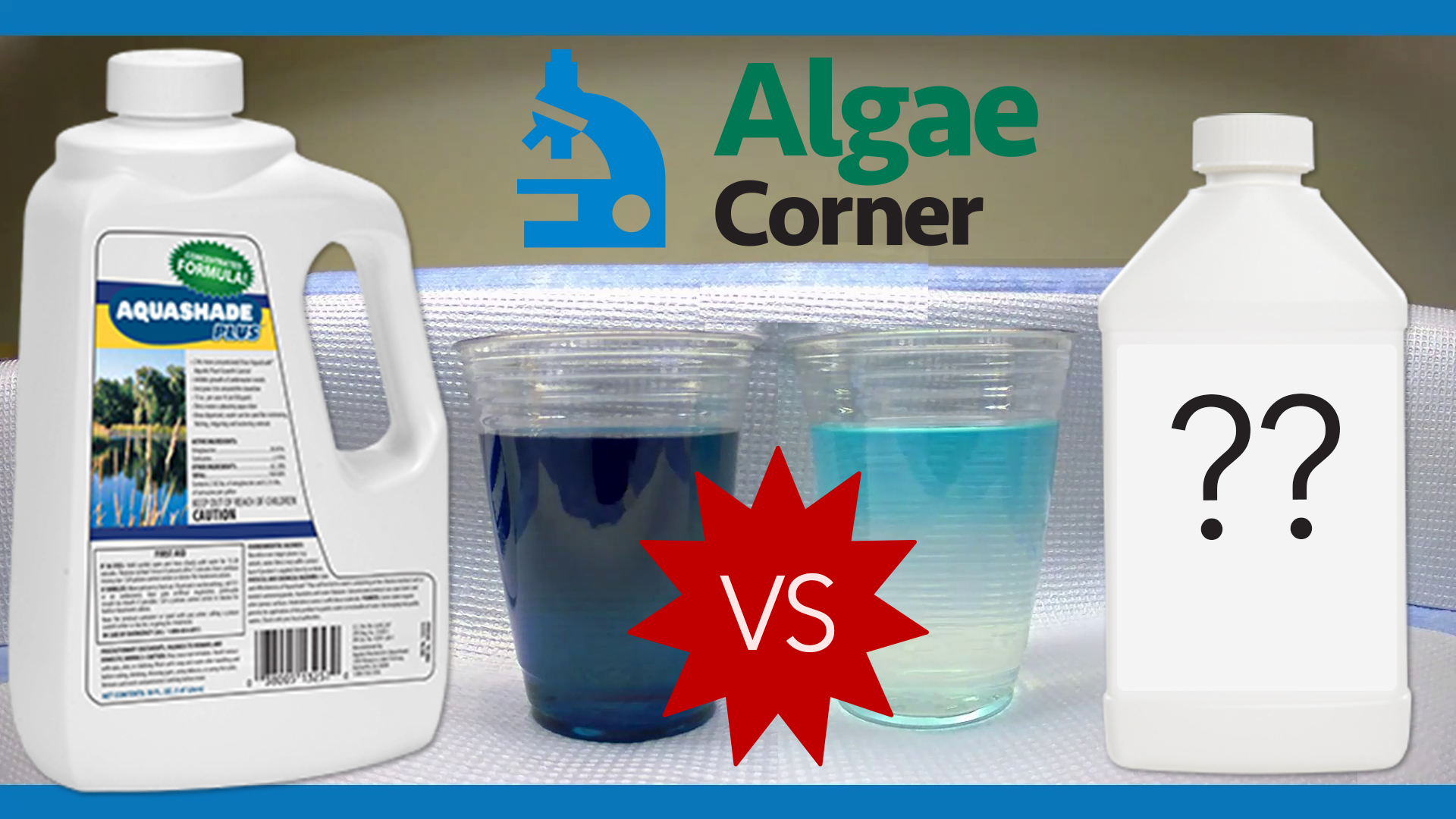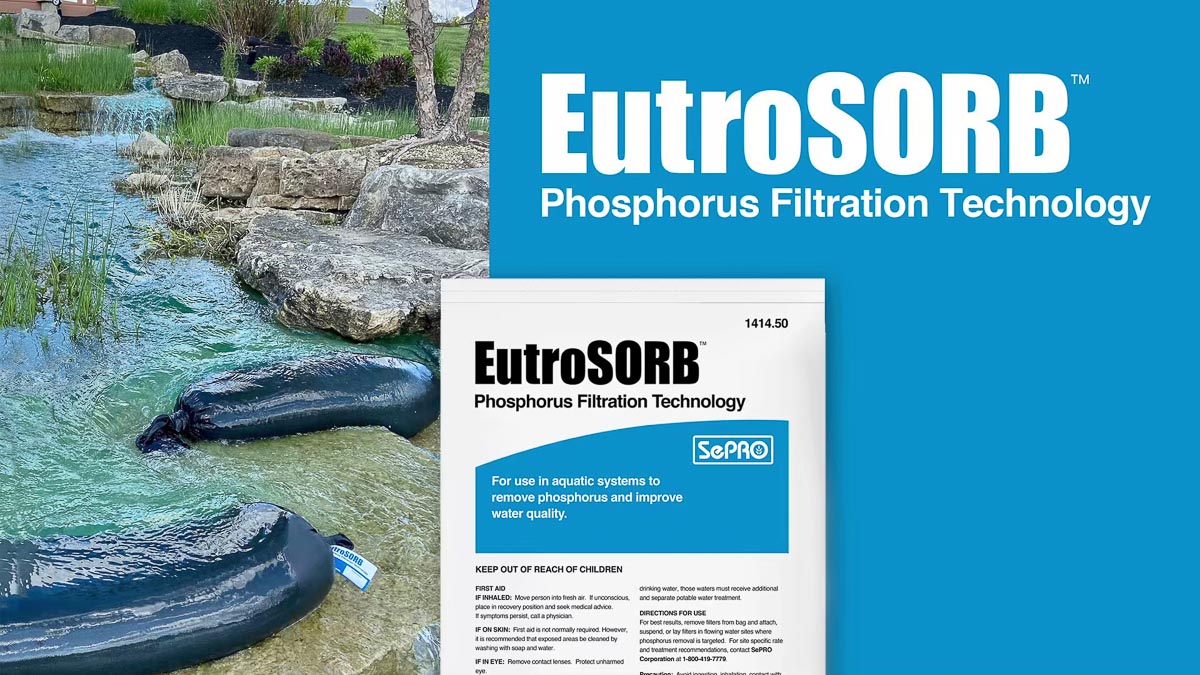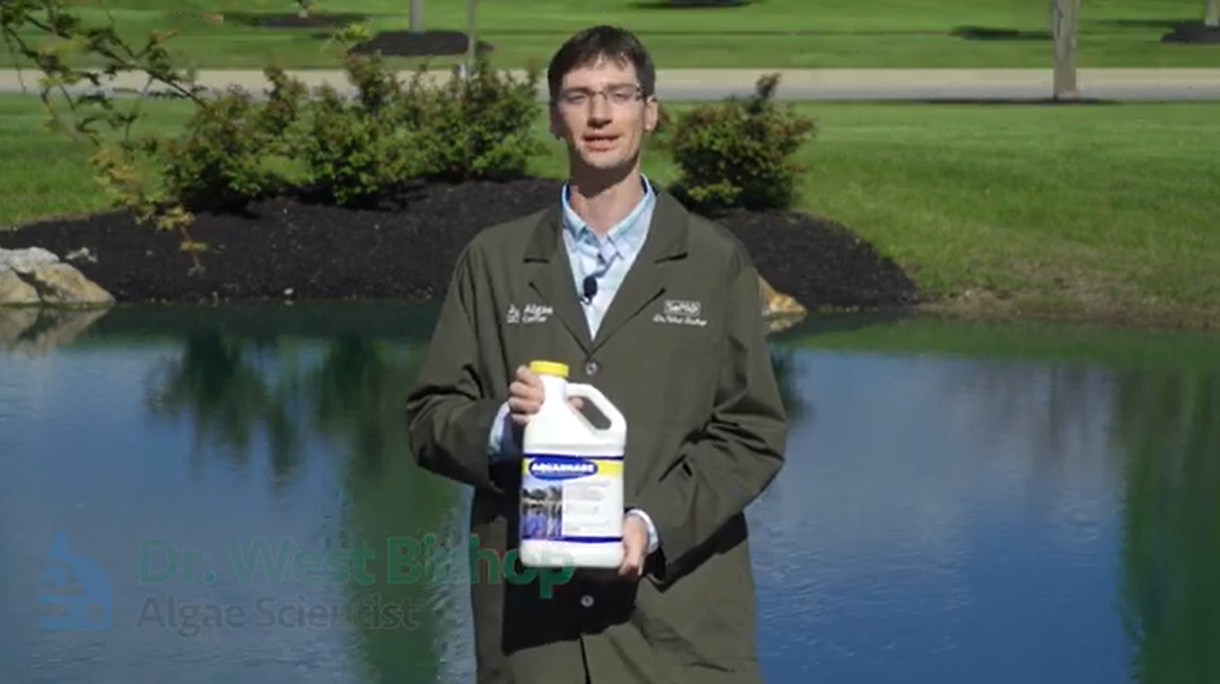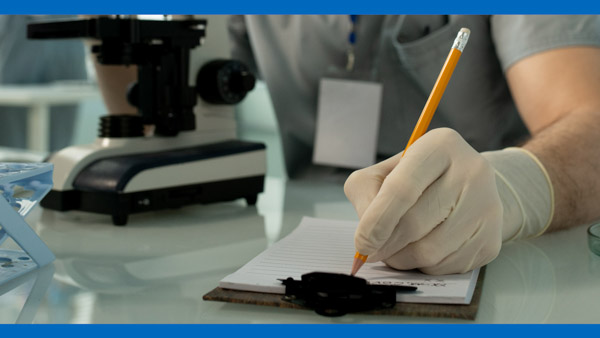Aquashade Mini-Series: Flip the Switch on Algae
Welcome back to another special episode of Algae Corner as part of the mini-series event on Aquashade!
Today we're talking about flipping the switch on algae. Let’s start with a couple similar examples to help paint the picture for you.
What happens when you're vacuuming and one of your kids pulls the plug? It stops working, right? What about when that space heater trips the breaker? No more heat. And when the light switch gets flicked off, things go dark.
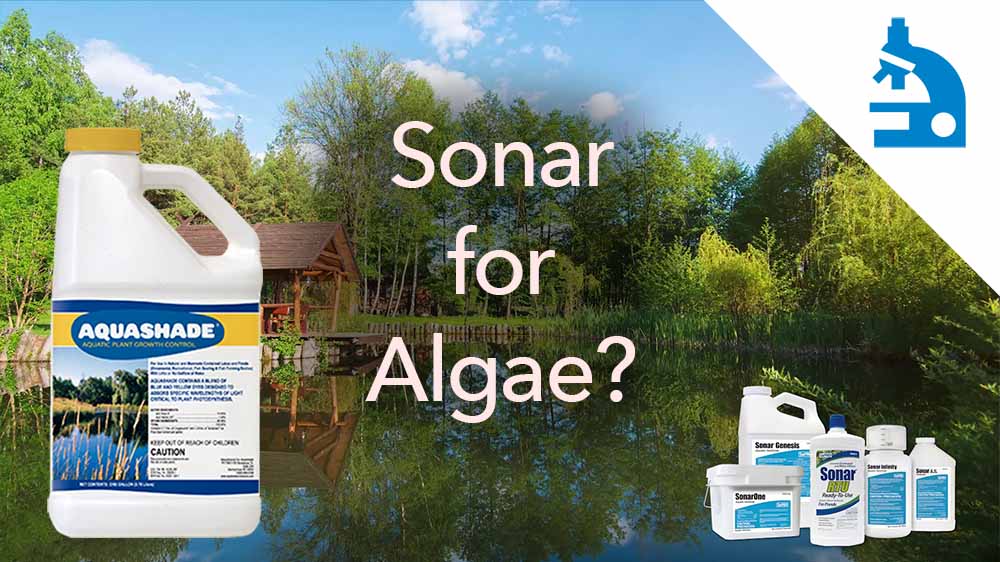
Aquashade Mini-Series: The "Sonar" for Algae
Want to get Algae Corner Updates? Get the latest news by subscribing to our channel:
No Energy? No Algae.
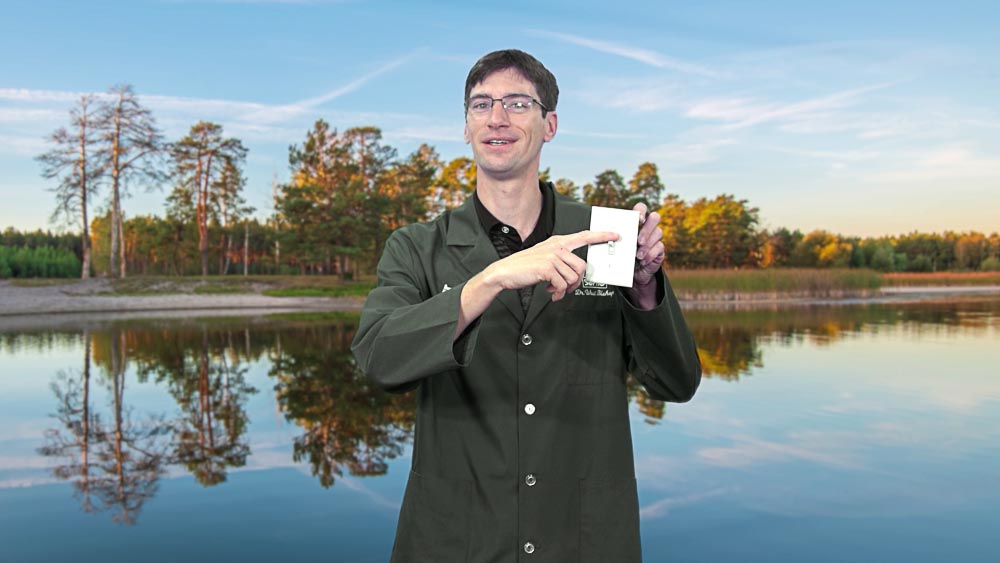
When you stop the power source, the source of energy, things just don't work. This is exactly what we have done with Aquashade and algae. Sunlight is the energy source for algae. While nitrogen and phosphorus are important components, even those take sunlight to make them usable and incorporated into the building blocks of algae.
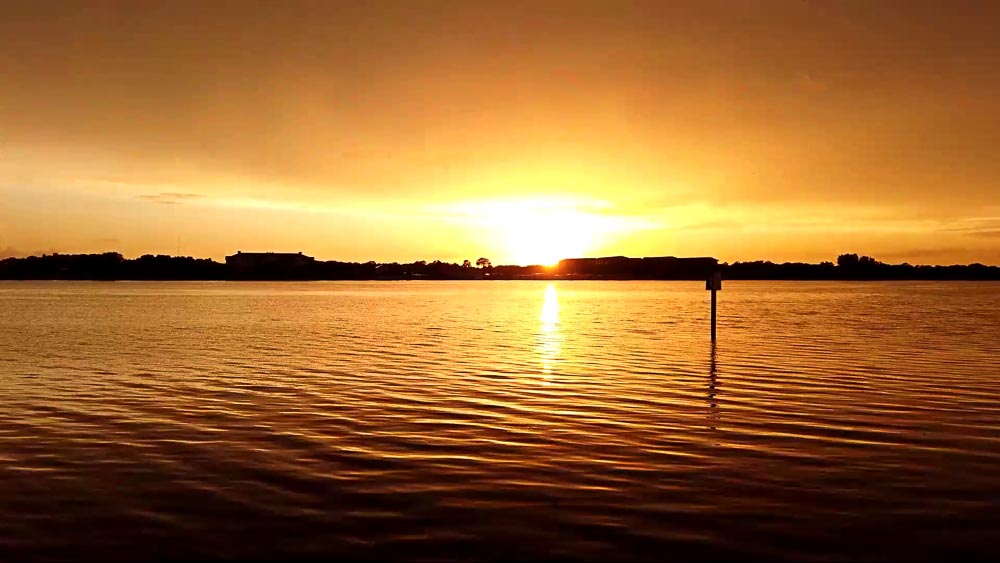
Sunlight as a Limiting Factor
Sunlight drives the largest component of the cell biomass, which is carbon. As the sun energy is captured, it's used to reduce carbon dioxide to those organic carbon building blocks through that photosynthetic process.
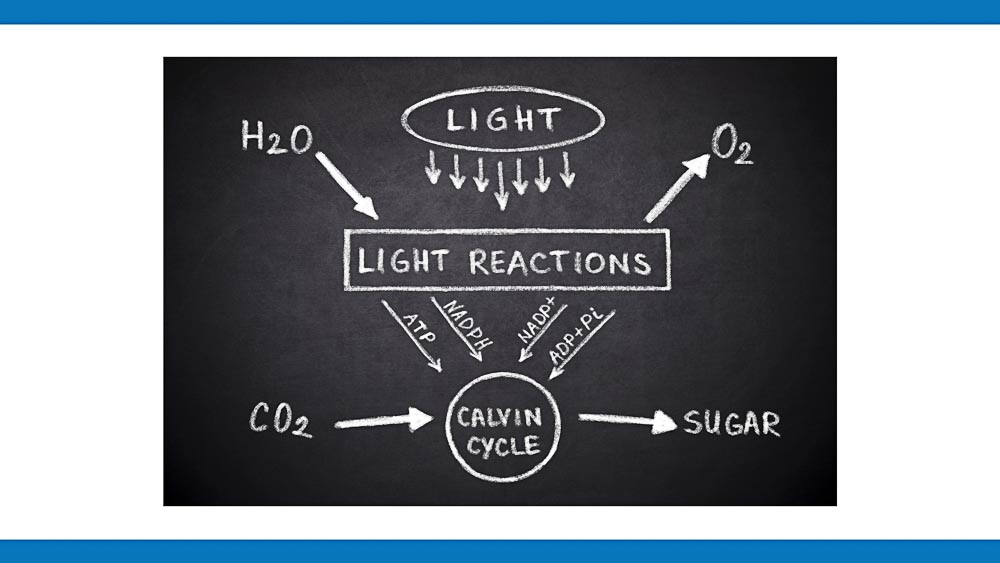
That is the most limiting factor to the biomass that algae can achieve. Aside from water, carbon is the largest component of the algal biomass you're seeing out there.
Other Shading Methods
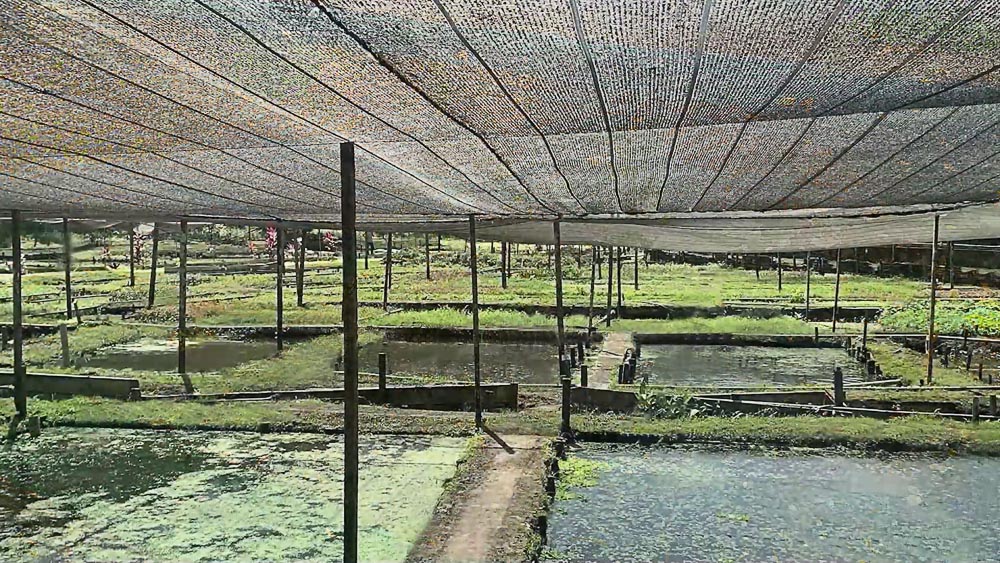
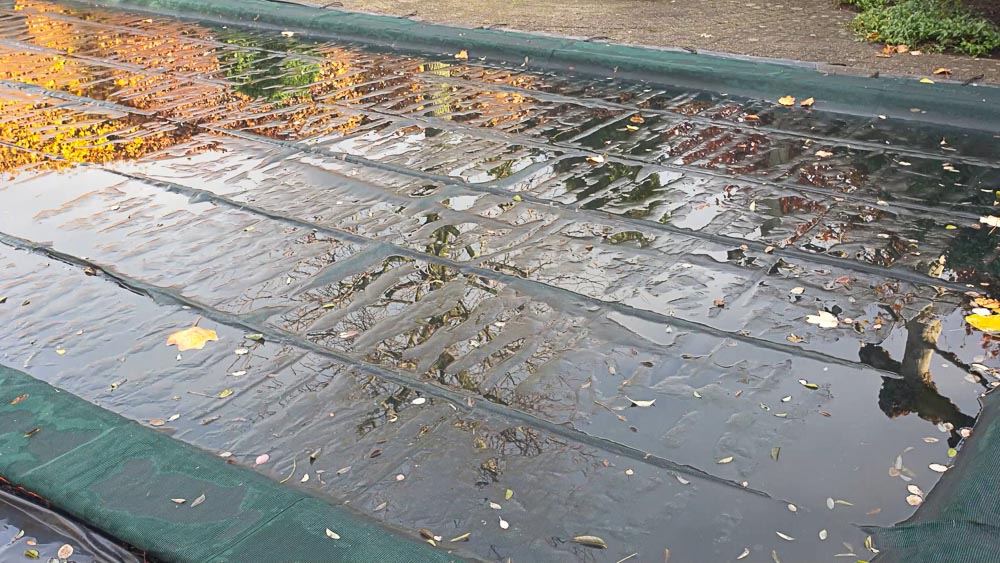
You may have seen this shading concept play out in other management options, such as pool covers or shade cloths, or even shade balls. However, these options aren’t ideal.
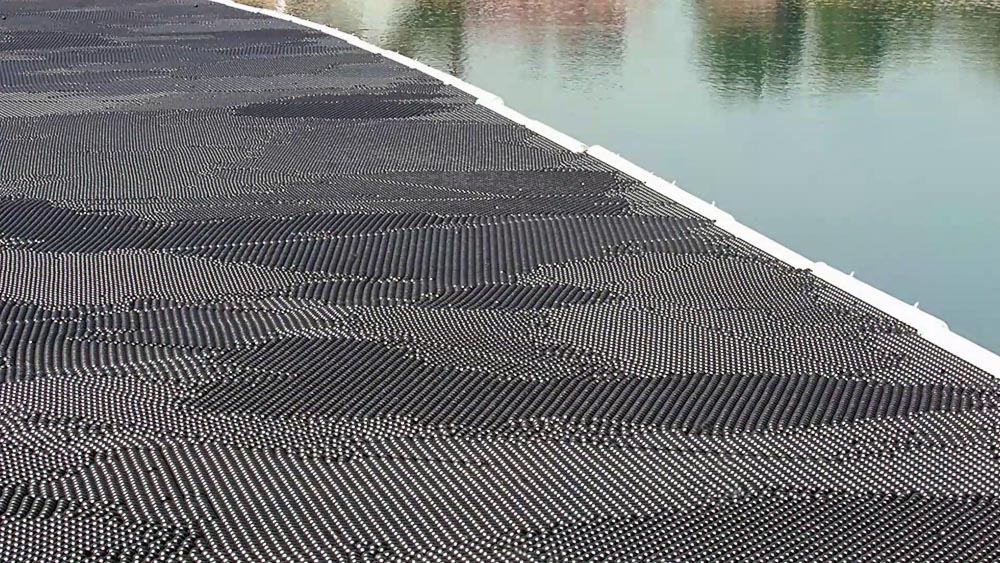
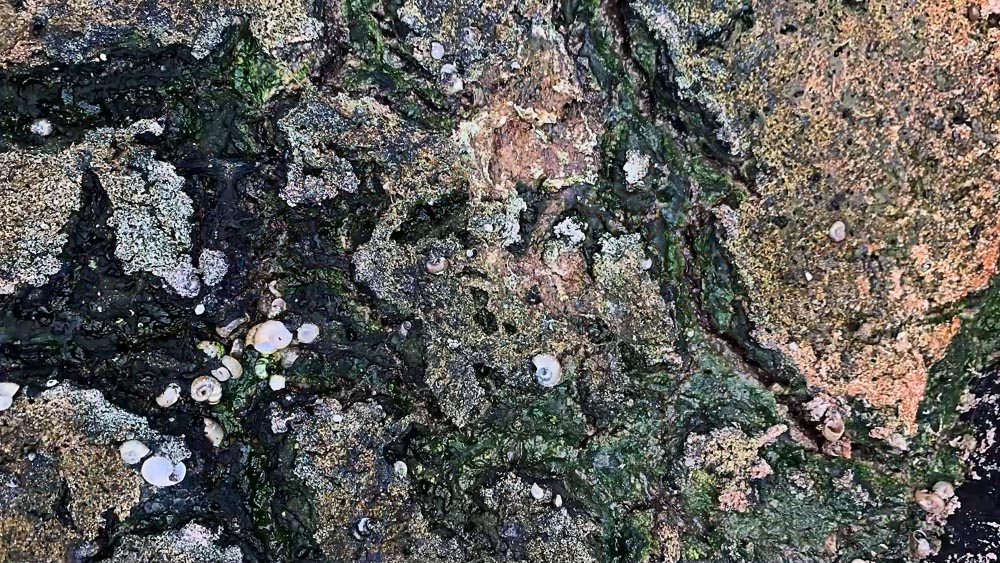
If you actually want to use your pond, you really can't if it’s completely covered up. They're certainly not good for the wildlife, either, and a lot of times cyanobacteria can grow attached to those types of things.
A Highly Specific Blend of Dyes
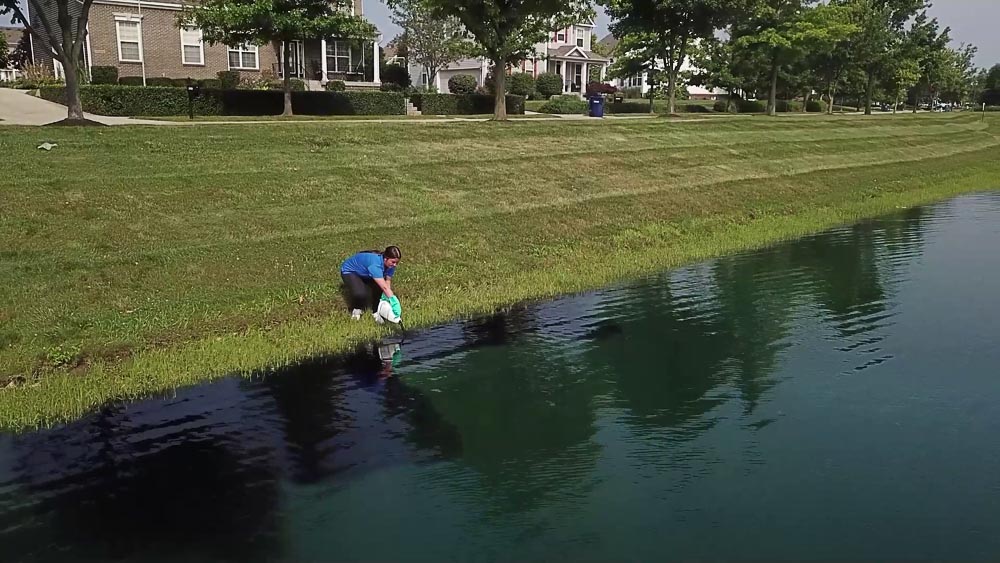
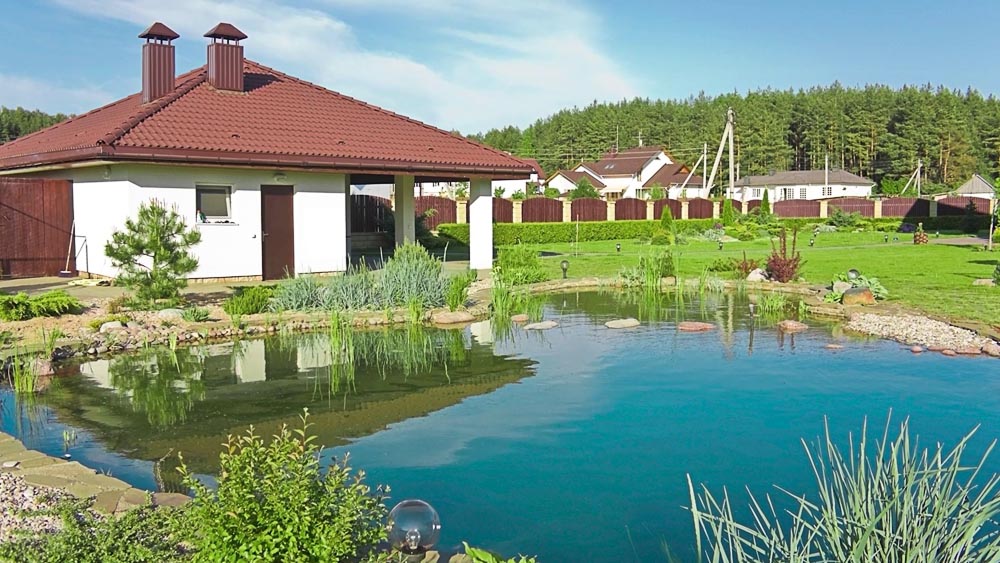
What we did is specifically design a blend of benign non-toxic dyes that self-disperse through the water and turn the lights off. You can just pour it in around the edge of your pond. And sure, it makes the pond look beautiful! If you just want to use it for that purpose, that's perfectly fine. But the technology inside goes so much deeper.
Block Key Light Wavelengths
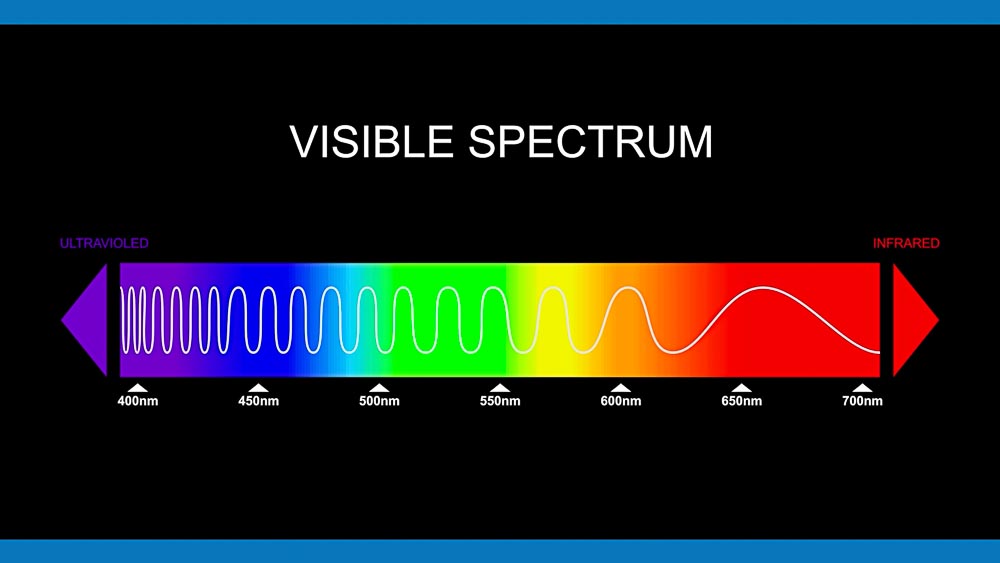
The specific blend and concentration of dyes in Aquashade are designed to align and block specific key wavelengths of light that algae need. Here’s an exciting visual to illustrate this… this is the chlorophyll A pigment. This is present in most types of algae and cyanobacteria in the dominant light harvesting pigment. It is responsible for all the green you see out there because it reflects those wavelengths of light while absorbing different spectrums of light.
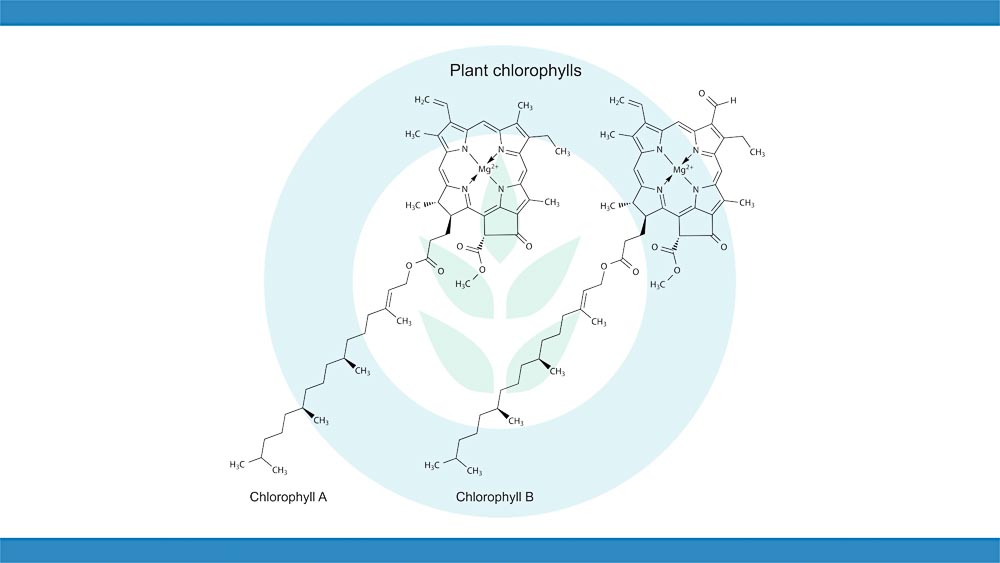
Here's the absorbent spectrum of chlorophyll A... Now, compare that to the absorbent spectrum of the dyes we have in Aquashade.
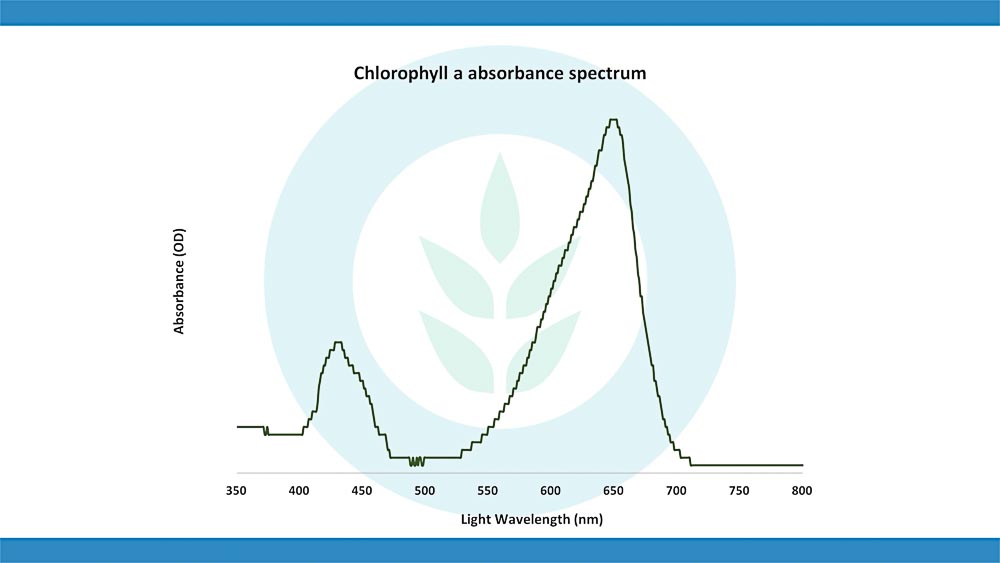
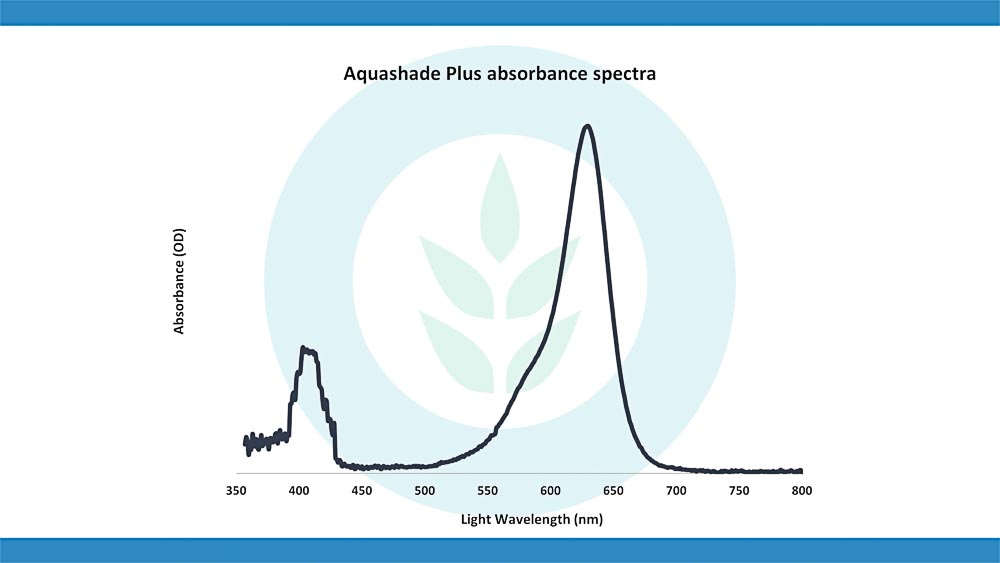
Take a look at those two spectrums overlaid.
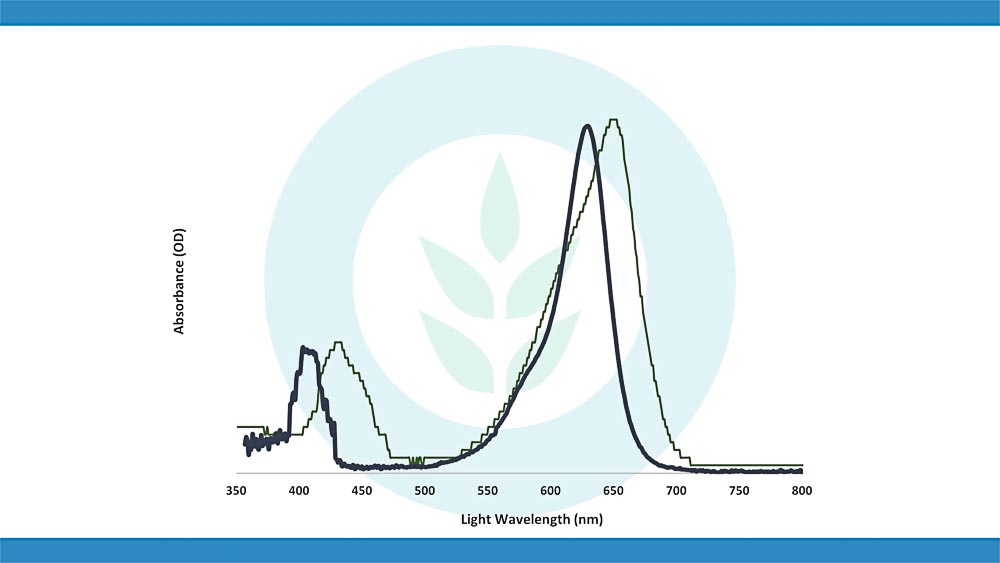
Just like that, we flipped the switch on algae. We took their energy source, and we unplugged them. No longer can those light wavelengths be used to drive the growth of algae, because we block them first with Aquashade.
In Summary
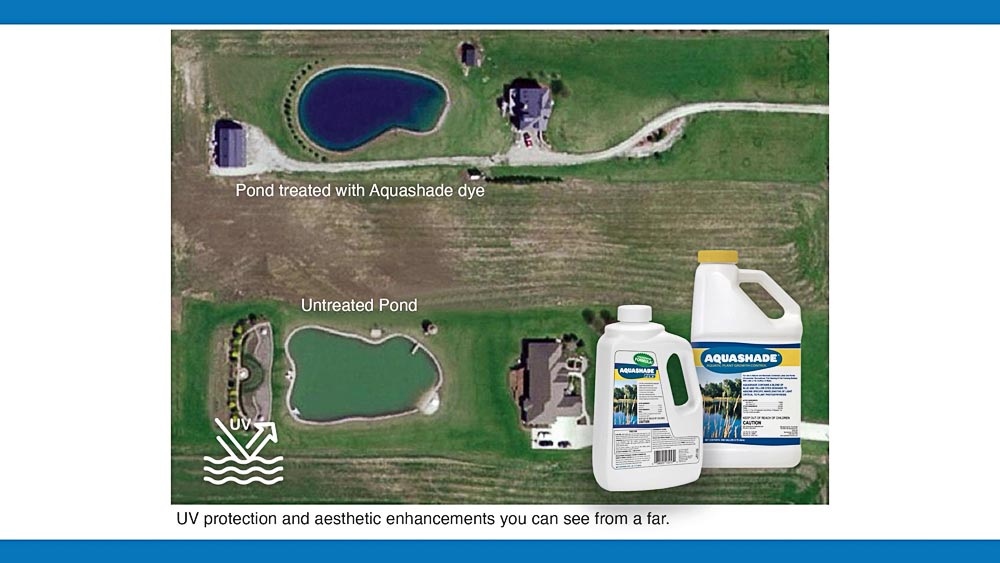
This is a huge advantage that you can give to your aquatic ecosystem, and a key part of algal management. Flip the switch on algae, and knock their lights out with Aquashade.
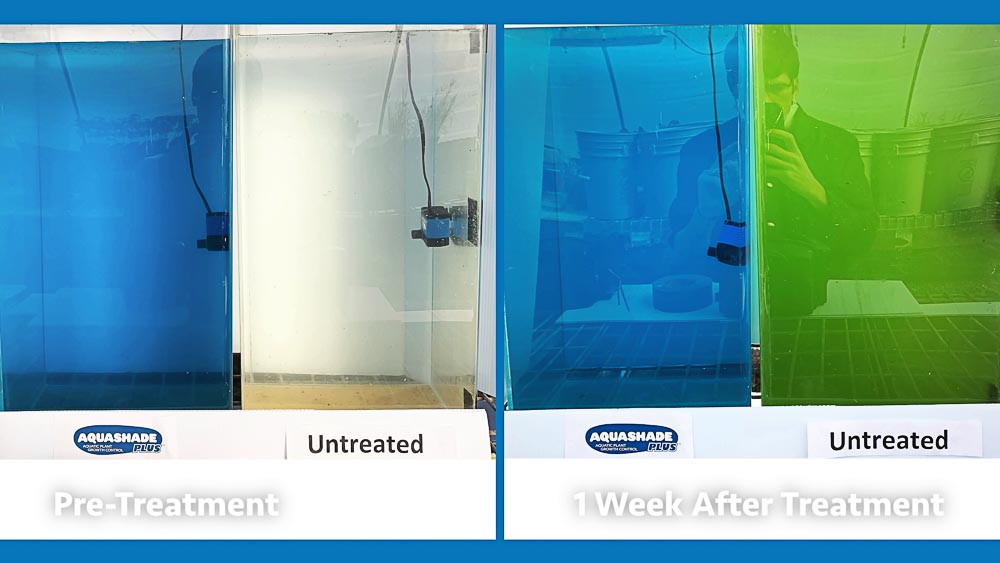
Thanks for tuning into this special mini-series event on Aquashade, and be sure to catch the other ones!

